On Tuesday, US wireless technology giant Qualcomm launched the London
trial of its Halo wireless charger for electric vehicles (EVs).
Halo
is a deceptively simple system, consisting of a charging terminal, a
flat pad and a receiving pad on the car that can transmit several
kilowatts of electricity over the air. According to Antony Thompson, VP
of business development and marketing at Qualcomm, the company aims to
make EV charging “as easy and widespread as Wi-Fi”.
On a sunny afternoon in Wimbledon,
TechWeekEurope had a chance to see Halo in action, and we were very impressed.
Like a powermat for cars
Most of our readers know Qualcomm as the developer of wireless cellular standards and the designer of
Snapdragon mobile chips.
However, Halo is not the first automotive technology created by the US
company. One of its first products was the satellite locating and
messaging service OmniTRACS, and Qualcomm has been releasing a steady
stream of car tech ever since.

In
a broader sense, Qualcomm is designing a “connected car”, which is much
more a device than a means of transportation. At the core of the
concept is a wireless ecosystem that seamlessly charges, connects to
various networks, downloads updates and apps.
Halo uses
electro-magnetic induction to transfer 3, 7 or even 20 kW of power
between two cleverly designed coils, with transmission rates similar to
what you get with a traditional cable charger.
The installation is
easy, even in home conditions – the pad just slips on top of the garage
floor, accompanied by a terminal the size of a vacuum cleaner.
But
among its most interesting features is the fact that the elements don’t
have to be perfectly aligned, or even very close… It’s very easy to
park on the charging spot – user just drives over the pad, and Halo will
take care of the rest.
Induction, or coupling?
All
this suggests that the system goes beyond simple elctromagnetic
induction (as used to charge the humble electric toothbrosh) and
possibly uses “resonant inductive coupling” where the electromagnetic
signal is picked up more strongly because the receiving unit is “tuned”
to the sending one.
QualComm bought the Halo technology, with its
creator HaloIPT from New Zealand in 2011, and there are rivals. Toyota
is working with
WiTricity, who spoke to
TechWeekEurope
a couple of years back. Nissan is making its own tech for its LEAF car,
and General Electric is working with PowerMat, who moved into
car-charging when its
mobile phone charging system turned out to be a dead end.
When
installed on the street, the Halo system doesn’t require additional
street furniture that can be vandalised, and there is no risk of
elemental damage or oxidation of electric connections.
Halo is not
affected by weather conditions. The company says that the charging will
work even through a foot of snow. Finally, users will be able to avoid
the risk of electrocution when charging their EV in heavy rain.
Qualcomm
is very passionate about its technology, claiming it is different from
anything offered by competitors, and protected by a plethora of patents.
“To us, it’s still part-magical”, admits Thompson.
Since it is a
new development, there are still some issues to be dealt with. At the
moment, the device will fry a pan of eggs if it is left on the charging
pad, and that doesn’t really inspire confidence in its safety features.
During
charging, it could potentially hurt small animals that would get
attracted by its warmth, prompting one journalist to joke that the
device is the answer to the London urban fox problem. Obviously, testing
it on living creatures presents challenges. However, the risk of frying
your neighbour’s cat could be easily avoided through a combination of
heat and motion sensors.
Besides danger to animals, the system has
some reliability issues. During the demonstration, one of the Delta E4
cars wouldn’t “wake up” without any apparent reason, much to the dismay
of Delta’s technical director.
Qualcomm is extremely busy testing
and improving the technology. It has already invested a lot of money in
it, but will not see a return until Halo is ready for licensing.
However, as I was explained, the company makes an extra effort to stay
relevant in the distant future, regularly launching R&D projects
which might only pay off after a decade, or even further down the line.
Trials and tribulations
The
current wireless charging trial will last for about two years, and
consist of two phases. The first will utilise a small number of
vehicles, with professional drivers using the system in controlled
environments. It will feature 10 to 20 charging pads, most probably
located at testers’ home and workplace, and help evaluate Halo’s
commercial viability.

The
second phase will see Halo used in more cars, and this is where
Qualcomm will take interested parties on board. All of the cars chosen
for the trial are fully electric, and include Delta E4 coupe, Citroen C1
and Renault Fluence.
“We think the market is ready. People are
increasingly buying electric cars. But when we talk about EVs, there’s
always this “chicken and egg” dilemma. Do we build the infrastructure
first, or shall we focus on the cars? That’s why we are participating in
the Halo trial,” a Reno spokesman told TechWeekEurope.
When asked
about green credentials of electricity, which is still in large part
produced using “dirty” fossil fuels, the Reno man remained optimistic.
“We will still need a bit of fossil fuel for the next 10-20 years, but
I’m sure that eventually we will find a new source of electricity.
Nuclear power is already providing low emission power. Meanwhile, since
we are a car company, we will focus on building cars.”
Electric car batteries in sufficient quantities could also be a tool to
even out the demand on the electricity grid, according to
TechWeekEurope editor Peter Judge, sometimes feeding energy back in at times of high demand.
“Halo
is a really exciting project, and it allows us to learn a lot as a car
manufacturer. Our engineers analyse the technology, learn to work with
it. Our competitors think that having one EV model is enough. We have
four [Twizy, Zoe, Kangoo Van and Fluence], and are planning more. We are
trying to be different, to really focus on the eco-friendly vehicles,”
he added.
Another Qualcomm partner is the UK-based motorsport
engineering consultancy Delta, which has clients ranging from F1 teams
to mainstream carmakers. “The integration of Qualcomm Halo EV charging
technology will help us better understand future EV engineering
challenges,” said Nick Carpenter, technical director of the company.
If
the trials go well, we might see Halo in wider adoption as early as
2015-2017. In the future, Qualcomm envisions electric cars with small,
light batteries (the ones used in the current Renault Fluence weigh
around 300 kg, or 47 stone) that charge little, but often. Imagine
topping up electricity while stopping for a traffic light, or standing
in a shop car park. Smaller batteries would also decrease the weight and
overall price of EVs.
And yet, Qualcomm’s dreams even bigger. Its
ultimate goal is to design cars that charge as you drive. In this
scenario, Halo modules would be installed into the roar itself, offering
unlimited range to EVs, with only a tiny battery needed. Sure, it might
sound like science fiction, but if someone had told me five years ago
that electric cars will get electricity over the air, I would have said
they were daydreaming. And I would be wrong.



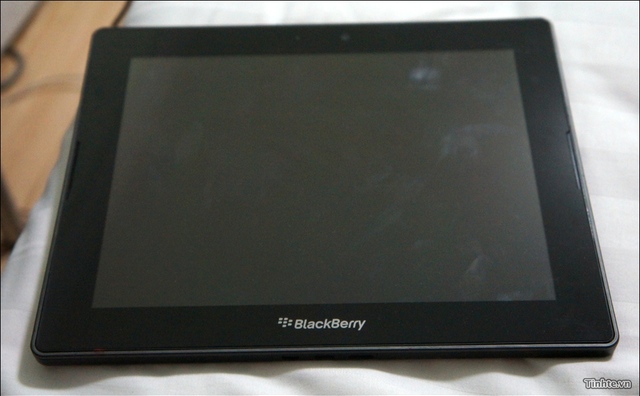
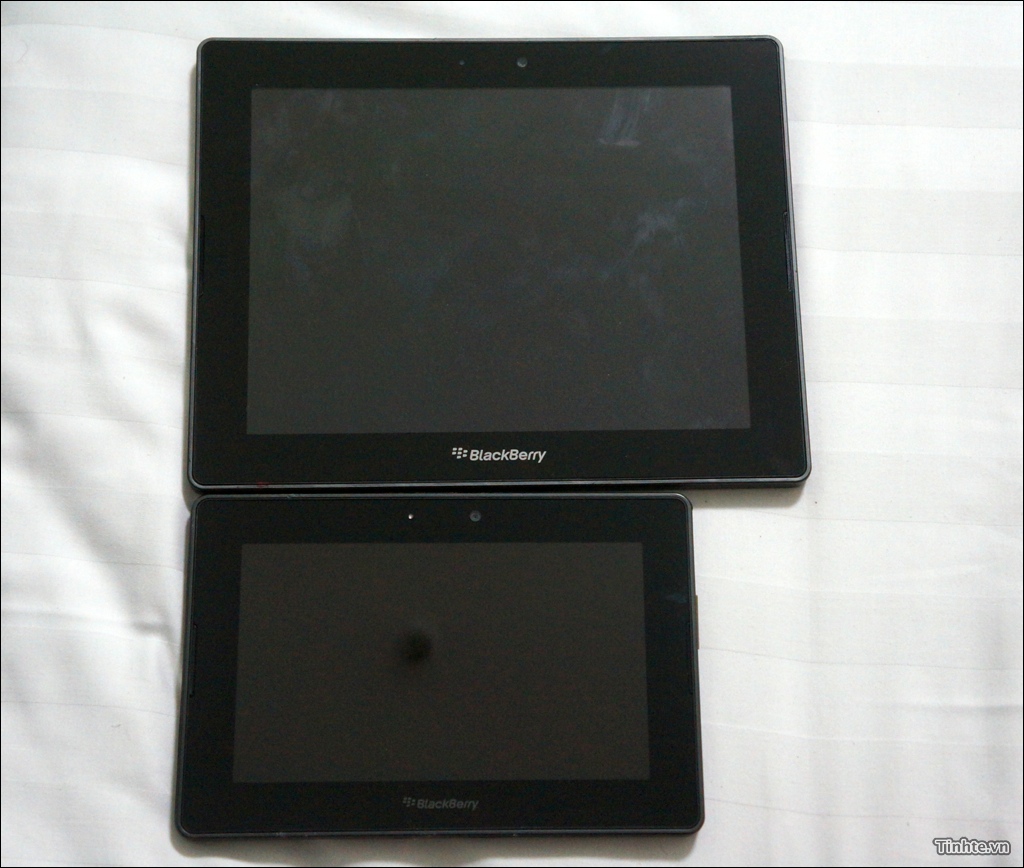



























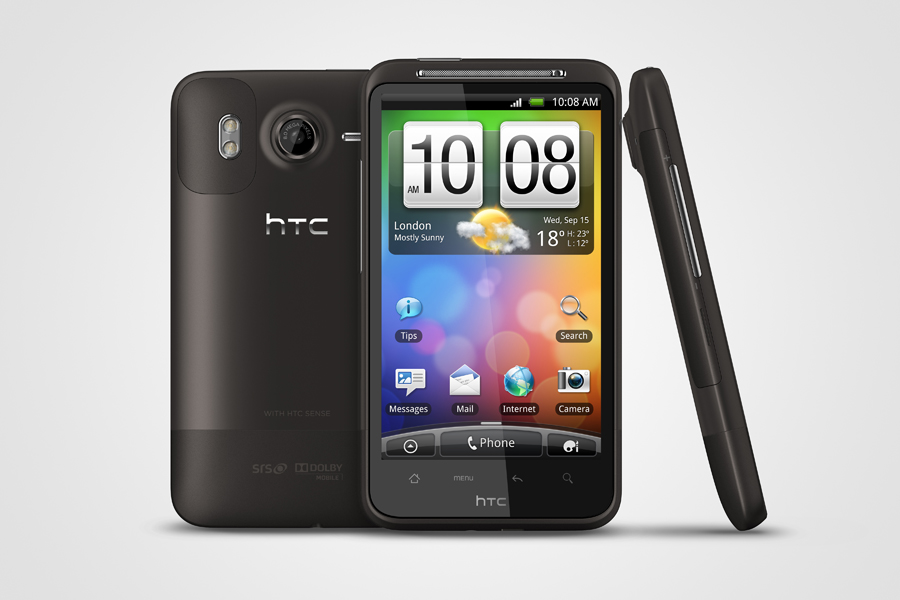

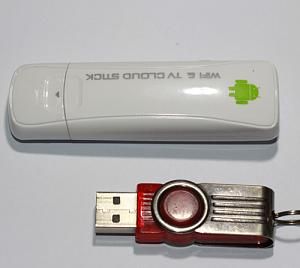





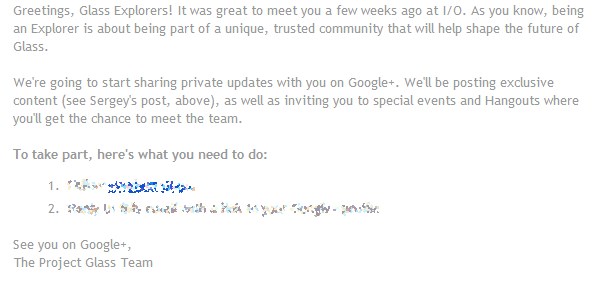
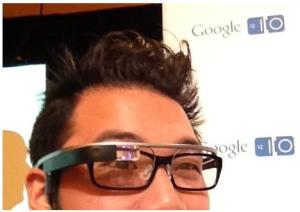 So
far, the only Glass features Google has shared publicly involve taking
pictures and streaming video. Except for its simulated demo video,
Google hasn’t shared any information about what this experience will
look like. Our own Peter Ha got to wear Brin’s set of Google Glass at
I/O and saw what Brin admitted was an old demo of an AR application
running on Glass.
So
far, the only Glass features Google has shared publicly involve taking
pictures and streaming video. Except for its simulated demo video,
Google hasn’t shared any information about what this experience will
look like. Our own Peter Ha got to wear Brin’s set of Google Glass at
I/O and saw what Brin admitted was an old demo of an AR application
running on Glass.
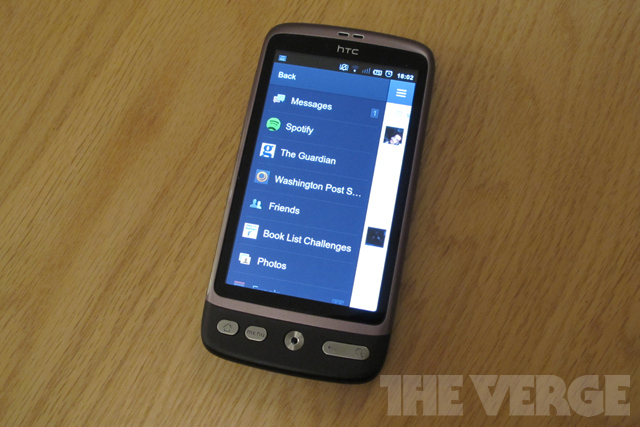

![1[4] 1[4]](http://cdn.androidpolice.com/wp-content/uploads/2012/07/14_thumb1.png)








